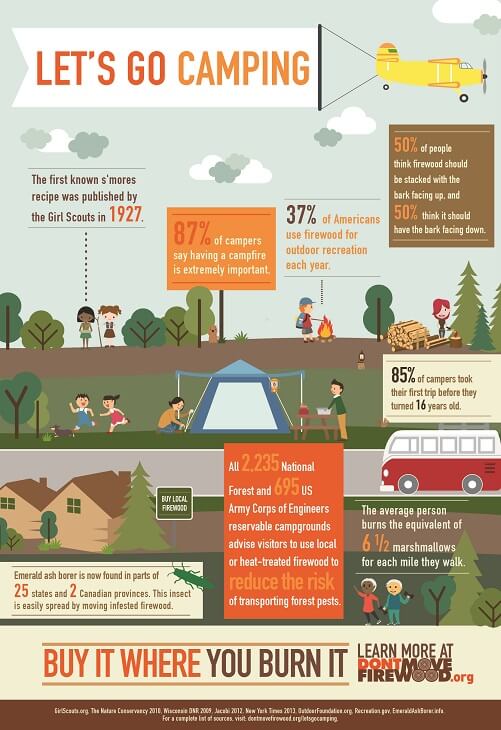Selling Your Camping Tents Product To Customers Worldwide
Selling Your Camping Tents Product To Customers Worldwide
Blog Article
Taking Photos of the Night Sky
A selection of elements can affect evening sky digital photography. From climate condition to upcoming celestial events, you'll wish to plan ahead to make sure success.
Do you need a tarp for a tent?
The shutter rate you pick establishes whether celebrities look like specific pin-points or route across the image. A good rule of thumb is to restrict the exposure to 500 seconds, or the equivalent of your lens's focal length.
Area
Among the most essential factors in a great photograph is where you take it. Aim for places with marginal light contamination, and stay clear of places that have intense city lights and high-rise buildings.
Likewise, search for a place that uses foreground components to create structures with. For example, dune patterns, wind-sculpted ridges and rough outcrops can all give appealing foreground components to aid tell the story of your evening sky photo.
It is likewise practical to research study expensive events such as meteor showers and lunar eclipses to make the most of possibilities for fantastic pictures. Making use of a device such as the Photographer's Ephemeris can be exceptionally beneficial when preparing your shoots. It assists you to figure out moon phases, Milky Way position and other astronomical events. Also, take into consideration capturing in RAW style rather than JPEG as this gives you much more flexibility when refining the pictures. This is particularly real if you prepare to publish your pictures.
Electronic camera Settings
Obtaining the appropriate cam setups is very important for any type of photograph, yet particularly so for night skies pictures. A wide-angle lens is best for capturing even more of the Milky Way and decreasing celebrity tracks, in addition to a longer shutter speed to quit the motion of stars and reveal their information.
For a maximum degree of clearness, shoot in RAW format rather than JPEG, which permits you to maintain even more data and provides adaptability throughout post-processing. This can likewise add to submit size, so see to it you have a lot of storage area and extra flash memory card available.
Set your emphasis to hands-on concentrating by flipping the AF/MF switch on your lens right into MF setting. You may require to take a few examination shots and check the photo playback on your cam's LCD screen till you accomplish ideal, pinpoint manual emphasis. It's a great concept to do this throughout the day with your selected lens and the area you tent designers will be contending night, to validate the accuracy of your focus setup.
Illumination
A good night skies picture needs the right problems. This includes a dark skies, yet likewise an interesting foreground component such as a mountain coming up, a lake to show the stars, or a human aspect like a barn or shed. You can also use a headlamp to light up the foreground and include some drama or depth to your picture.
The most important cam settings for night sky digital photography are the aperture and shutter rate. The wider the aperture, the more light that gets to the sensor. This permits you to catch intense stars in a relatively short quantity of time.
The shutter speed establishes whether your stars will be pin-point excellent or if they will look like star tracks due to the Planet's rotation. Be sure to take multiple lengthy direct exposure shots and stack them in post-processing for the best results. Lastly, shoot in RAW setting to offer on your own optimal latitude in post-processing.
Make-up
The trick to lovely celebrity shots isn't a premium telescope, a brand-new wide-angle lens or a state-of-the-art Canon or Nikon video camera. It's method, planning and composition.
For starters, search your shoot area ahead of time to get a feel for the format and possible structures. Think about integrating foreground aspects such as rocks, a lake or alpenglow on the landscape to add personality and rate of interest to your photos.
Bear in mind the Guideline of Thirds when composing your photos. This basic principle helps equilibrium and combine images. It's likewise helpful for concentrating on sights in your photo, such as rock functions or the Milky Way. Additionally, keep in mind to plan your shoots around moon stages-- shooting at a moon can overpower stars and develop a silhouetted shape, while firing on evenings with a new moon can aid you see constellations a lot more clearly.
What are the best quality tents?
